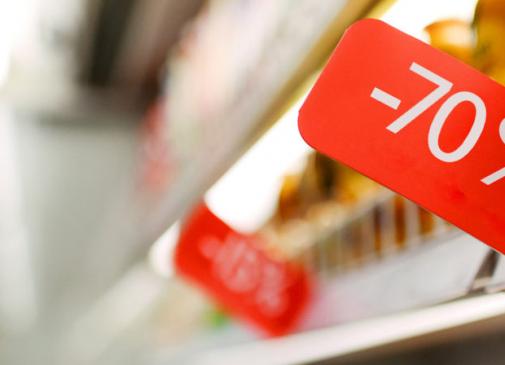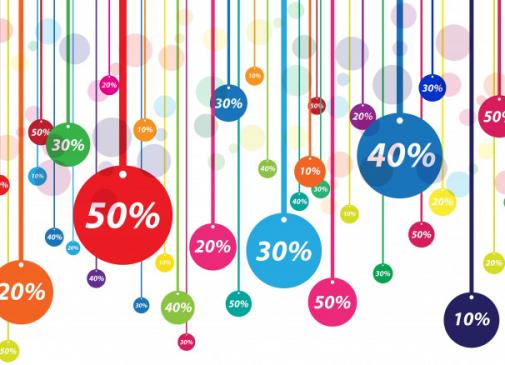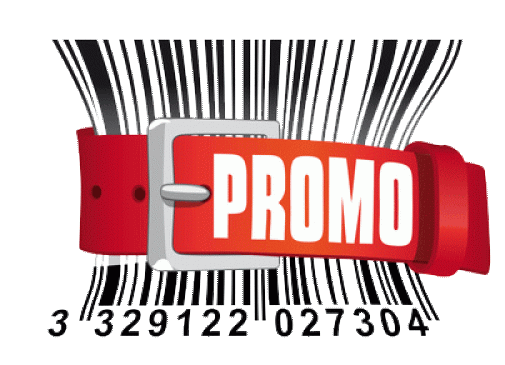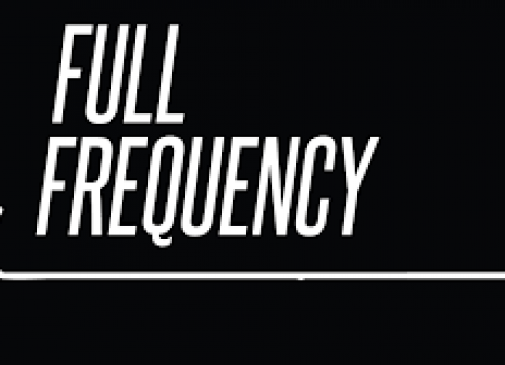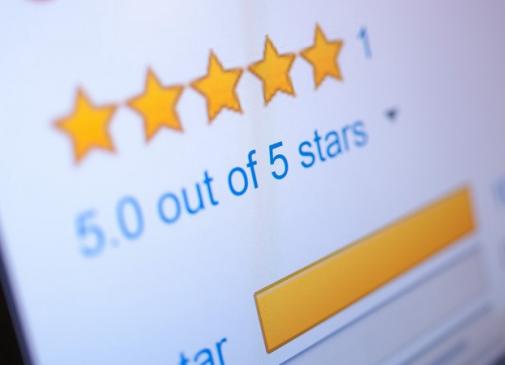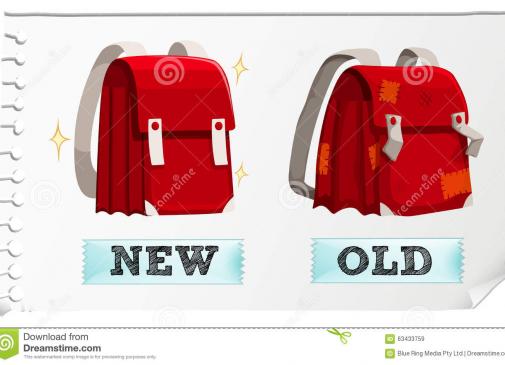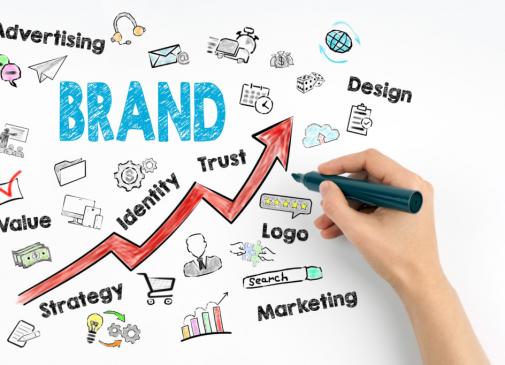This week we're reading at concise article from Retail Customer Experience on how data resources available to a business continue to evolve, while the approach to customer loyalty has not.
This week we're reading at concise article from Retail Customer Experience on how data resources available to a business continue to evolve, while the approach to customer loyalty has not.
With granular information about the preferences and behaviour of customers, many brands and retailers still cling to a business strategy based on the age-old acquisition model. Many companies still invest 80 percent of their resources on customer acquisition and only 20 percent on current customers.
We've picked out the most intriguing sections of the article to share with you here:
For decades, business growth within the retail industry has traditionally focused on the acquisition of new customers with customer loyalty as its trusted promotional sidekick to increase store traffic and brand sales with one fell swoop. Before shopper loyalty card data, focusing on customer acquisition was not necessarily a poor strategy. In fact, with performance measured almost exclusively based on sales data, the resources and insights available were often not granular enough to identify specific household behaviour over time in a statistically large enough sample size. Thus, business growth was virtually synonymous with customer acquisition.
Measuring overall success against customer acquisition is a difficult habit to break. For consumer package goods companies, for example, customer loyalty is defined and driven by a long-held brand management philosophy: increased market share is a priority and that comes from customer acquisition. For many brands, a customer is "acquired" through a product purchase cycle of awareness, interest, trial and conversion. After a customer is acquired, many believe that the customer will often stay loyal to the brand. This fuels a brand's marketing strategy to focus on new consumer acquisition as the key to growth, and counteracts arguments for fostering the loyalty of those customers currently buying their brand products.
But the plethora of data-enabled tools with which brands can understand consumers may provide a more convincing argument to embrace customer-centricity. Through loyalty card data, digital solutions and other sources, companies can see the customer continuum of purchasing day-to-day, week-to-week, month-to-month. They can understand how varying types (segments) of customers respond differently to changes in pricing, promotion and in- and out-of-store marketing communications. Findings from this data have shown that growing true customer loyalty starts with a mindset that is directionally 180 degrees from the conventional industry wisdom of customer acquisition. In fact, customer purchase behavioural data has been critical in teaching us new things about the customer, dispelling some myths and expanding existing beliefs:
Replacing a loyal customer is expensive
Typically, a loyal customer is 10-20 times more valuable to your brand than an uncommitted customer.
Sustainable growth does not come from gaining new customers
Winning greater customer spend requires that brands become more loyal to their customers. Retailers and brands need to "reward" or incentivise them to continue to keep them loyal. Loyalty, therefore, is something earned — one more item, one more basket, one more visit.
Relevance works
With the help of granular data, we can deliver the right message on the right product at the right time to the right customer. Leveraging household-level customer behavioural data, delivering relevant content based on a customer's needs and lifestyle can be an effective method to reward customers and deliver a uniquely tailored brand experience that separates one brand message from another.
Data has helped us understand that customer loyalty has three dimensions:
- Contribution: Value delivered by customers through their spend, which is a partial reflection of loyalty
- Commitment: Future income to be derived from a customer. The long-term value of a customer's commitment may exceed their current value
- Championing: Value generated by recommendation, active support and trust. Brand champions are open to relevant cross-selling and brand extension. Likely to recruit new customers
Customers are already spending — just not with you. Rewarding those customers who have already demonstrated a high affinity to your store or brand and are predisposed to increase their spend with you offers a higher return on investment than attempting to attract new customers. Putting a brand's customers at the center of your strategies and action, whether the brand be a retailer or a CPG, results in more relevant product offerings, marketing communications, pricing and promotions such that you are better meeting loyal customer needs and they reward you with increased brand spend and growth. By fine-tuning your brand proposition for your loyal customers, you'll also be making it more attractive and compelling for future customers.
HiperCom offers an array of services to help guide you in making decisions around more relevant product promotions through our leaflet monitoring database. Find the right option for you by reviewing our Services page.
Please do leave a comment with your thoughts or join the discussion in our LinkedIn Retail Monitor group.

